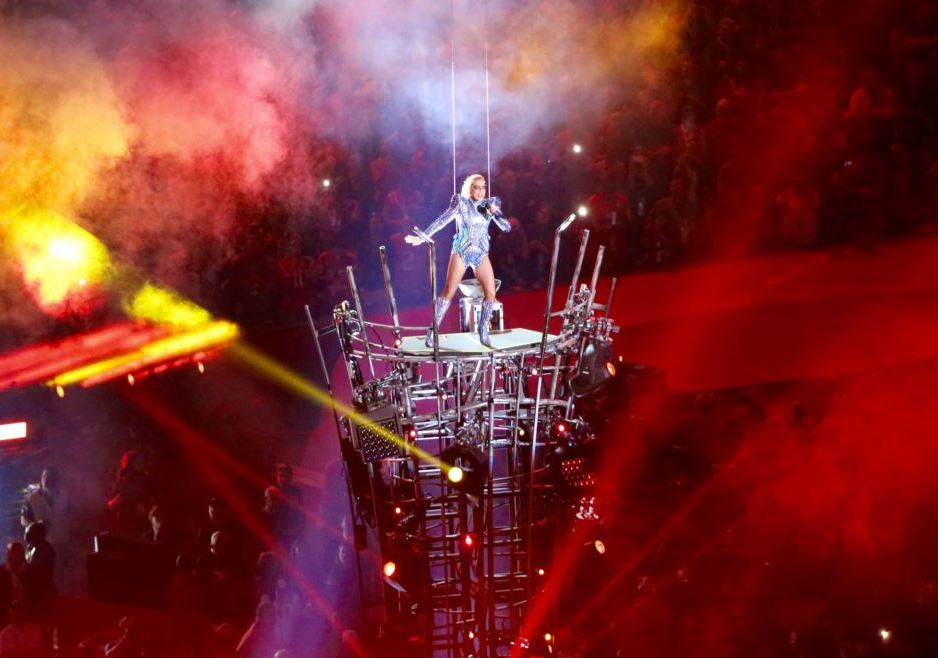When the phrase “Super Bowl halftime show” comes into conversation, most people will think of the most recent performance by Lady Gaga. The pop icon literally dove into the performance from the rooftop, but not before releasing a swarm of Intel drones as she covered “God Bless America,” originally by Kate Smith. The drones then went into the formation of an American flag, lighting up the Houston night sky with the patriotic colors we all know and love. After her show of American pride, she performed her hit songs “Born This Way,” “Bad Romance,” “Telephone,” “Million Reasons,” “Poker Face,” “Edge of Glory” and “Just Dance” with breathtaking choreography and special effects.
The Super Bowl halftime show, however, was not always a superstar gig filled with advanced technology and stage props. In fact, early Super Bowls, especially when the NFL was still maturing, drew less attention than most college football games. The Super Bowl halftime, surprisingly, used to be a local commodity. The performances used to feature an extensive amount of hometown heart, allowing marching bands from local schools to entertain the crowd. These performances in particular embodied the good old American pride and patriotism. For example, in Super Bowl III, the Florida A&M University Marching Band had a formation in the form of an eagle in flight, while a narrator quoted Martin Luther King Jr. and John F. Kennedy, both of whom had passed away the previous year. For several years since the Super Bowl’s beginning in 1967, the halftime show took this folksy tone.
Fast forward to Super Bowl IV, on Jan. 11, 1970, when Broadway music star Carol Channing took center field, bringing the glam of Broadway with her. Channing was the first headline singer for the show. As the halftime shows slowly progressed, Anita Bryant, best known for her hit “Paper Roses” in 1960, performed alongside the South East Missouri State Band. Channing later made another appearance along with jazz legend Ella Fitzgerald and the Marine Corps Drill team in 1972.
As the Super Bowl started to gain notoriety, bigger-name stars slowly began to line up, pushing the marching bands into the past, letting more notable groups take the field, like the Rockettes and Chubby Checker in 1988. It is arguable, however, that it was not until the King of Pop himself, Michael Jackson, performed that the halftime show really became more than a bathroom break. His performance was the first in history to surpass the ratings of the actual game time. From that time on, NBC was determined to keep its massive number of viewers and stellar ratings by recruiting multiple superstars throughout the years. NBC began to recruit big names like Tony Bennett, Diana Ross, Stevie Wonder, Christina Aguilera, Aerosmith, *NSYNC, Britney Spears, Mary J. Blige, U2 and Janet Jackson. Artists who have headlined most recently include Coldplay, Beyoncé, Bruno Mars, Katy Perry and, of course, the previously mentioned Lady Gaga.
In the beginning, the purpose of the Super Bowl halftime show was to keep fans busy, entertaining them and filling their time while other fans waited in lines for the bathrooms and concessions. Now, the halftime show is not only essential to game day, but a monumental milestone of achievement in the music industry.
Source: The Washington Post

